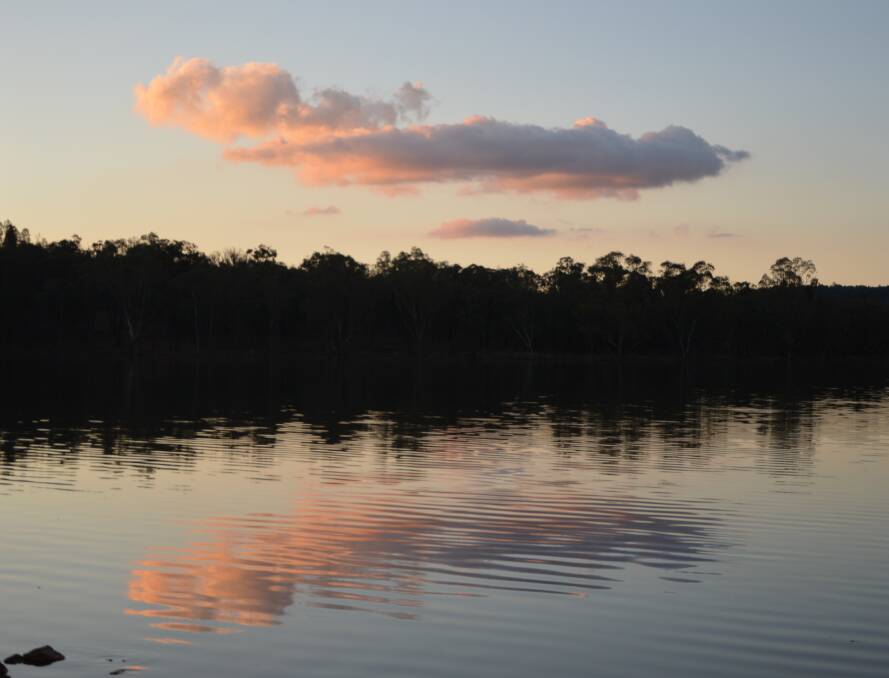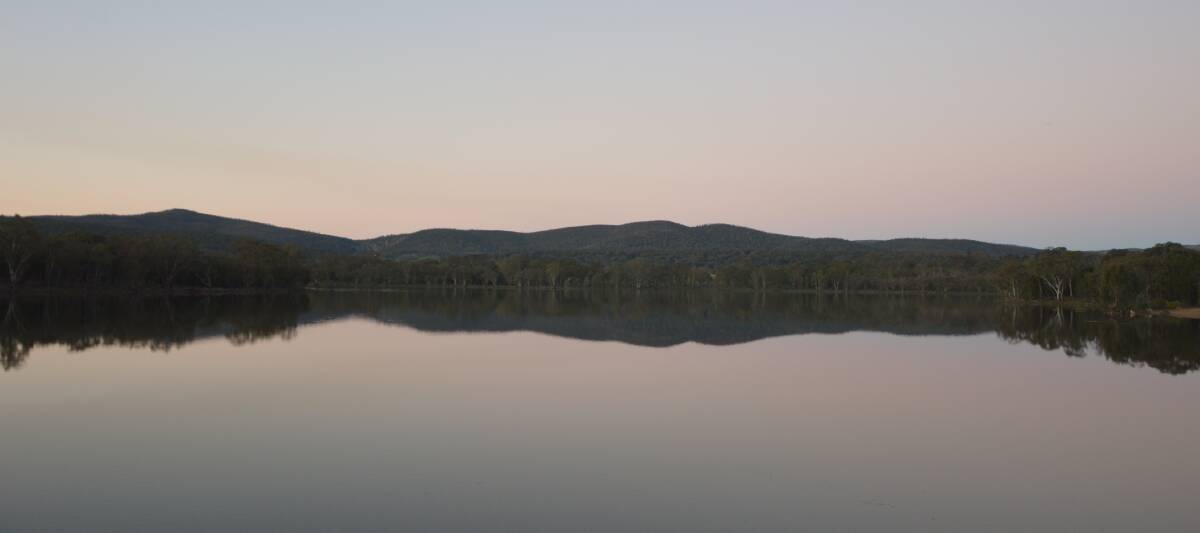
The welcome surge of rainfall over the first six months of 2020, and decreased seasonal demand, has led to the Parkes Shire Council removing the Standpipe Usage Scheme and Drought Response measures.
Subscribe now for unlimited access.
$0/
(min cost $0)
or signup to continue reading
It means the region will be returning to normal system operation and usage charges thanks to the favourable conditions that have topped up dams and lead to the best start to the winter cropping season in many years.
Parkes Mayor Ken Keith OAM announced the scheme would be ending at the council meeting on June 23.
"This initiative has been greatly appreciated by our rural community. After recent rain many dams are overflowing, and it's appropriate that we start to wind back the scheme," said Councillor Keith.
Between January and June in 2020 the Bureau of Meteorology measured 471.6mm of rain at its weather station at the Parkes Airport; a stark contrast to the last six months of 2019 where just 73.6mm was recorded, with no month measuring any higher than 14.2mm.
Parkes' average annual rainfall total is 622.2mm, though the town only measured 229.8mm in all of 2019 and 328.4mm in 2018, devastating harvest yields and depleting dam levels even further.
At the start of February earlier this year Lake Endeavour Dam, a key water reservoir for the Parkes Shire, was at less than 20% capacity. After all the rain since, it is currently sitting at a very healthy 94% with the dam level at just over 15 metres according to Entura, whose Ajenti Data Management System (ADMS) manages the Early Warning System on behalf of the Council.

The Drought Response scheme represented a value of approximately $250,000 to rural residents in the Shire over the 2018/19 to 2019/20 period, though Cr Neil Westcott spoke of looking to the future.
"We need to continue to focus on our ability to procure water to the outlying parts of our Shire. While we used the drought funding to lift capacity of our standpipes, this doesn't mean we didn't have trouble and we have learnt a lot of lessons out of that," said Cr Westcott.
The council are also looking to remove the current special Level 3 water restrictions applied to the Parkes Council owned and operated section of the B-Section Pipeline scheme which services the towns of Bogan Gate, Trundle and Tullamore and a number of rural users, and bring the water restriction in-line with existing restrictions for the rest of the Parkes Shire water supply systems.
The Australian Bureau of Agricultural and Resource Economics and Sciences (ABARES) June crop report said the recent rain has led to an excellent start to the 2020/2021 winter cropping season.
The area planted with canola is forecast to be 550,000 hectares in 2020-21, more than double the area planted in 2019-20 when drought ravaged almost all of NSW.
Similarly, after three years of unfavourable planting conditions, the wheat yield is forecast to be 20% above the 10-year average with the Western NSW region leading the way in the recovery from drought.
Remarkably the total winter crop production is forecast to be more than three times the drought affected season in 2019-20, in some fantastic news for local farmers.
In some more good news the Parkes Shire's Drought Officer Roger Kitson is still on hand to help farmers and businesses, with his role extending to at least the end of the year.
Roger has been working in the shire's farming communities for almost a year and a half now, his role created especially to support those impacted by the devastating drought.
He is based at Neighbourhood Central in Currajong Street and can be contacted on 6862 3757 or by email at dro@ncentral.org.au.

